Case Study: Amazon's Evolution in Retail
Last updated: October 10, 2024 Read in fullscreen view
- 09 Oct 2022
 Rapid Application Development Case Study - TIGO Consulting 24/572
Rapid Application Development Case Study - TIGO Consulting 24/572 - 18 Oct 2020
 How to use the "Knowns" and "Unknowns" technique to manage assumptions 21/992
How to use the "Knowns" and "Unknowns" technique to manage assumptions 21/992 - 01 Oct 2020
 Fail fast, learn faster with Agile methodology 13/975
Fail fast, learn faster with Agile methodology 13/975 - 12 Oct 2022
 14 Common Reasons Software Projects Fail (And How To Avoid Them) 10/505
14 Common Reasons Software Projects Fail (And How To Avoid Them) 10/505 - 19 Oct 2021
 Is gold plating good or bad in project management? 8/756
Is gold plating good or bad in project management? 8/756 - 10 Nov 2022
 Poor Code Indicators and How to Improve Your Code? 8/214
Poor Code Indicators and How to Improve Your Code? 8/214 - 28 Jul 2022
 POC, Prototypes, Pilots and MVP: What Are the Differences? 6/612
POC, Prototypes, Pilots and MVP: What Are the Differences? 6/612 - 01 Mar 2023
 Bug Prioritization - What are the 5 levels of priority? 6/207
Bug Prioritization - What are the 5 levels of priority? 6/207 - 06 Feb 2021
 Why fail fast and learn fast? 6/376
Why fail fast and learn fast? 6/376 - 13 Oct 2021
 Outsourcing Software Development: MVP, Proof of Concept (POC) and Prototyping. Which is better? 6/426
Outsourcing Software Development: MVP, Proof of Concept (POC) and Prototyping. Which is better? 6/426 - 05 Mar 2021
 How do you minimize risks when you outsource software development? 5/318
How do you minimize risks when you outsource software development? 5/318 - 31 Aug 2022
 What are the best practices for software contract negotiations? 5/215
What are the best practices for software contract negotiations? 5/215 - 07 Oct 2025
 Case Study: Using the “Messaging House” Framework to Build a Digital Transformation Roadmap 5/53
Case Study: Using the “Messaging House” Framework to Build a Digital Transformation Roadmap 5/53 - 12 Dec 2021
 Zero Sum Games Agile vs. Waterfall Project Management Methods 4/376
Zero Sum Games Agile vs. Waterfall Project Management Methods 4/376 - 18 Aug 2022
 What are the consequences of poor requirements with software development projects? 4/243
What are the consequences of poor requirements with software development projects? 4/243 - 14 Oct 2021
 Advantages and Disadvantages of Time and Material Contract (T&M) 4/794
Advantages and Disadvantages of Time and Material Contract (T&M) 4/794 - 04 Oct 2022
 Which ERP implementation strategy is right for your business? 4/278
Which ERP implementation strategy is right for your business? 4/278 - 01 Dec 2023
 Laws of Project Management 3/250
Laws of Project Management 3/250 - 18 Jul 2021
 How To Ramp Up An Offshore Software Development Team Quickly 3/518
How To Ramp Up An Offshore Software Development Team Quickly 3/518 - 08 Oct 2022
 KPI - The New Leadership 3/557
KPI - The New Leadership 3/557 - 31 Oct 2021
 Tips to Fail Fast With Outsourcing 3/376
Tips to Fail Fast With Outsourcing 3/376 - 05 Sep 2023
 The Cold Start Problem: How to Start and Scale Network Effects 3/167
The Cold Start Problem: How to Start and Scale Network Effects 3/167 - 01 May 2024
 Warren Buffett’s Golden Rule for Digital Transformation: Avoiding Tech Overload 2/188
Warren Buffett’s Golden Rule for Digital Transformation: Avoiding Tech Overload 2/188 - 08 Feb 2024
 Case Study: How and why I built Japan Dev? 2/196
Case Study: How and why I built Japan Dev? 2/196 - 23 Sep 2021
 INFOGRAPHIC: Top 9 Software Outsourcing Mistakes 2/412
INFOGRAPHIC: Top 9 Software Outsourcing Mistakes 2/412 - 17 Feb 2022
 Prioritizing Software Requirements with Kano Analysis 2/284
Prioritizing Software Requirements with Kano Analysis 2/284 - 28 Dec 2021
 8 types of pricing models in software development outsourcing 2/418
8 types of pricing models in software development outsourcing 2/418 - 28 Oct 2022
 Build Operate Transfer (B.O.T) Model in Software Outsourcing 2/364
Build Operate Transfer (B.O.T) Model in Software Outsourcing 2/364 - 04 Oct 2021
 Product Validation: The Key to Developing the Best Product Possible 2/295
Product Validation: The Key to Developing the Best Product Possible 2/295 - 10 Dec 2023
 Pain points of User Acceptance Testing (UAT) 2/417
Pain points of User Acceptance Testing (UAT) 2/417 - 13 Dec 2020
 Move fast, fail fast, fail-safe 2/292
Move fast, fail fast, fail-safe 2/292 - 26 Dec 2023
 Improving Meeting Effectiveness Through the Six Thinking Hats 1/205
Improving Meeting Effectiveness Through the Six Thinking Hats 1/205 - 05 Jan 2024
 Easy ASANA tips & tricks for you and your team 1/181
Easy ASANA tips & tricks for you and your team 1/181 - 11 Jan 2024
 What are the Benefits and Limitations of Augmented Intelligence? 1/435
What are the Benefits and Limitations of Augmented Intelligence? 1/435 - 19 Apr 2021
 7 Most Common Time-Wasters For Software Development 1/525
7 Most Common Time-Wasters For Software Development 1/525 - 12 Aug 2024
 Understanding Google Analytics in Mumbai: A Beginner's Guide 1/85
Understanding Google Analytics in Mumbai: A Beginner's Guide 1/85 - 03 Oct 2021
 Five long-lasting trends in Chinese Marketing 1/345
Five long-lasting trends in Chinese Marketing 1/345 - 06 Mar 2024
 [SemRush] What Are LSI Keywords & Why They Don‘t Matter /131
[SemRush] What Are LSI Keywords & Why They Don‘t Matter /131 - 01 Aug 2024
 Red vs. Blue Oceans in Software Development /189
Red vs. Blue Oceans in Software Development /189 - 19 Oct 2021
 Software development life cycles /628
Software development life cycles /628 - 06 Nov 2019
 How to Access Software Project Size? /236
How to Access Software Project Size? /236 - 14 Mar 2024
 Why should you opt for software localization from a professional agency? /117
Why should you opt for software localization from a professional agency? /117 - 12 Mar 2024
 How do you create FOMO in software prospects? /131
How do you create FOMO in software prospects? /131 - 09 Jun 2022
 Case Study: PRODUCT LAUNCH WITH AGILE METHODOLOGY /286
Case Study: PRODUCT LAUNCH WITH AGILE METHODOLOGY /286
Founded in 1994 by Jeff Bezos, Amazon began as an online bookstore with a clear vision: to become the world’s most customer-centric company, where customers could find and discover anything they might want to buy online. This vision has remained steadfast over the years, guiding the company through various expansions and innovations.
The Balance of Vision and Adaptation
From its inception, Amazon aimed to revolutionize how people shop. Bezos's vision was not just to sell books but to create a platform that would enable customers to purchase a vast array of products and services seamlessly. He believed in the power of technology to enhance the shopping experience, prioritizing convenience, selection, and customer service.
Flexibility in Details
While the vision remained consistent, the methods to achieve it have evolved dramatically:
-
Marketplace Expansion: Initially focused solely on books, Amazon recognized the potential to expand its product range. This flexibility allowed it to incorporate third-party sellers, transforming the platform into a massive marketplace. By adapting its business model, Amazon offered customers millions of products instead of a limited selection.
-
Technology Integration: Amazon continually adapted its technological approach. From basic website design to advanced algorithms for personalized recommendations, the company embraced innovations like machine learning and artificial intelligence to improve user experience. This flexibility in adopting new technologies has been crucial in maintaining its competitive edge.
-
Logistics and Delivery: In response to customer demands for faster shipping, Amazon developed its logistics capabilities. The launch of Amazon Prime, with its promise of two-day shipping, exemplified this adaptability. Bezos's team recognized that while the vision was to enhance customer satisfaction, the details of how to deliver that satisfaction needed constant refinement.
-
Cloud Computing: In a significant pivot, Amazon launched Amazon Web Services (AWS) in 2006, recognizing a growing demand for cloud computing. While this was a departure from retail, it aligned with Bezos's vision of leveraging technology to provide value. AWS has since become a cornerstone of Amazon's business model, showcasing the company’s flexibility in exploring new avenues.
Results
Amazon's commitment to its vision, combined with its willingness to adapt the details, has led to unparalleled growth. The company has transformed from an online bookstore to a global leader in e-commerce and cloud computing, consistently ranking as one of the most valuable brands in the world.
Conclusion
Jeff Bezos’s quote, "We are stubborn on vision. We are flexible on details" is exemplified by Amazon's journey. The company’s unwavering commitment to customer-centricity has driven its strategic decisions, while its ability to adapt to changing market dynamics has allowed it to thrive. This case study illustrates how a clear vision can guide a company through various challenges and innovations, ensuring long-term success.



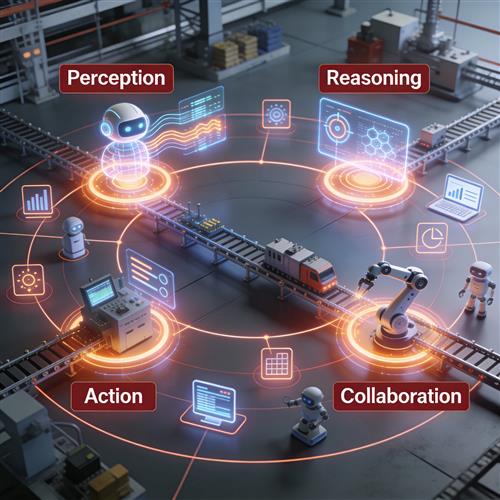


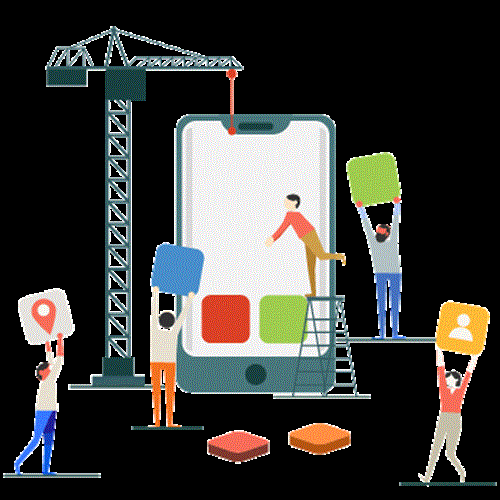



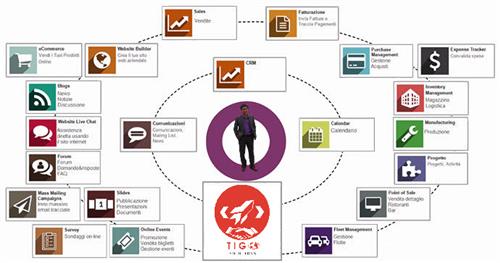




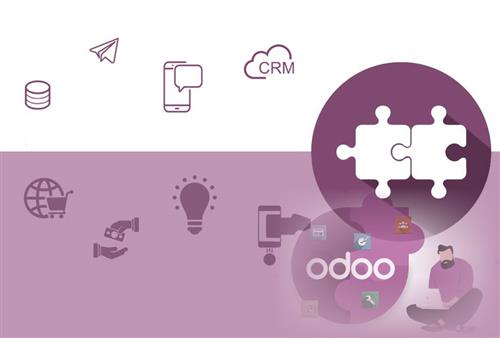

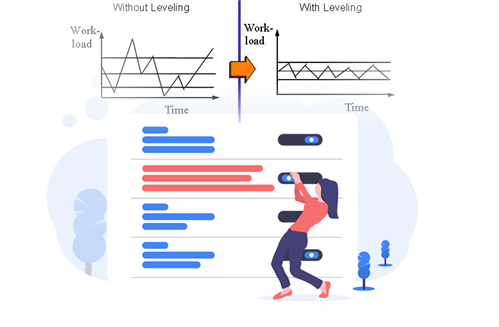


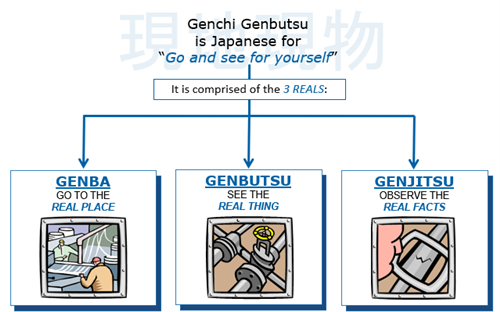


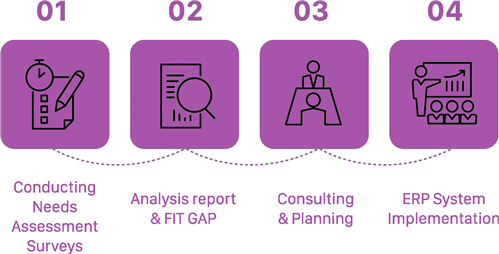











 Link copied!
Link copied!